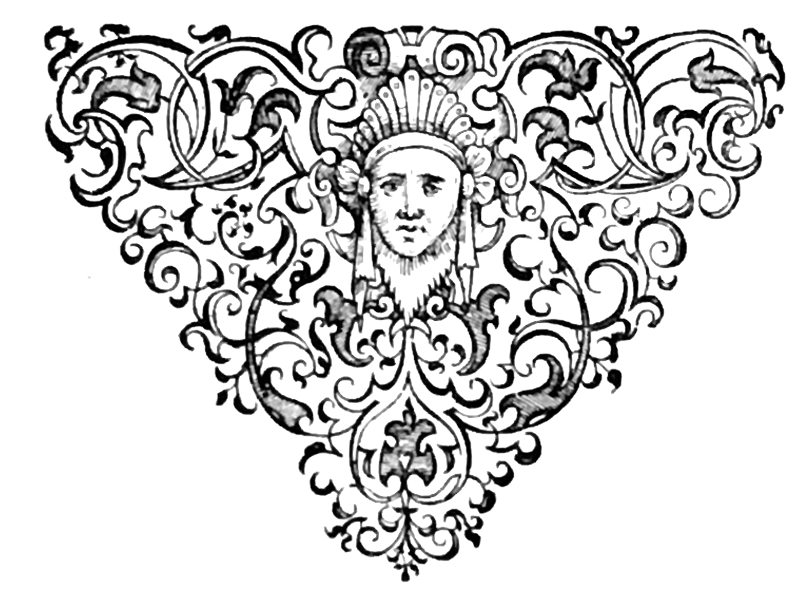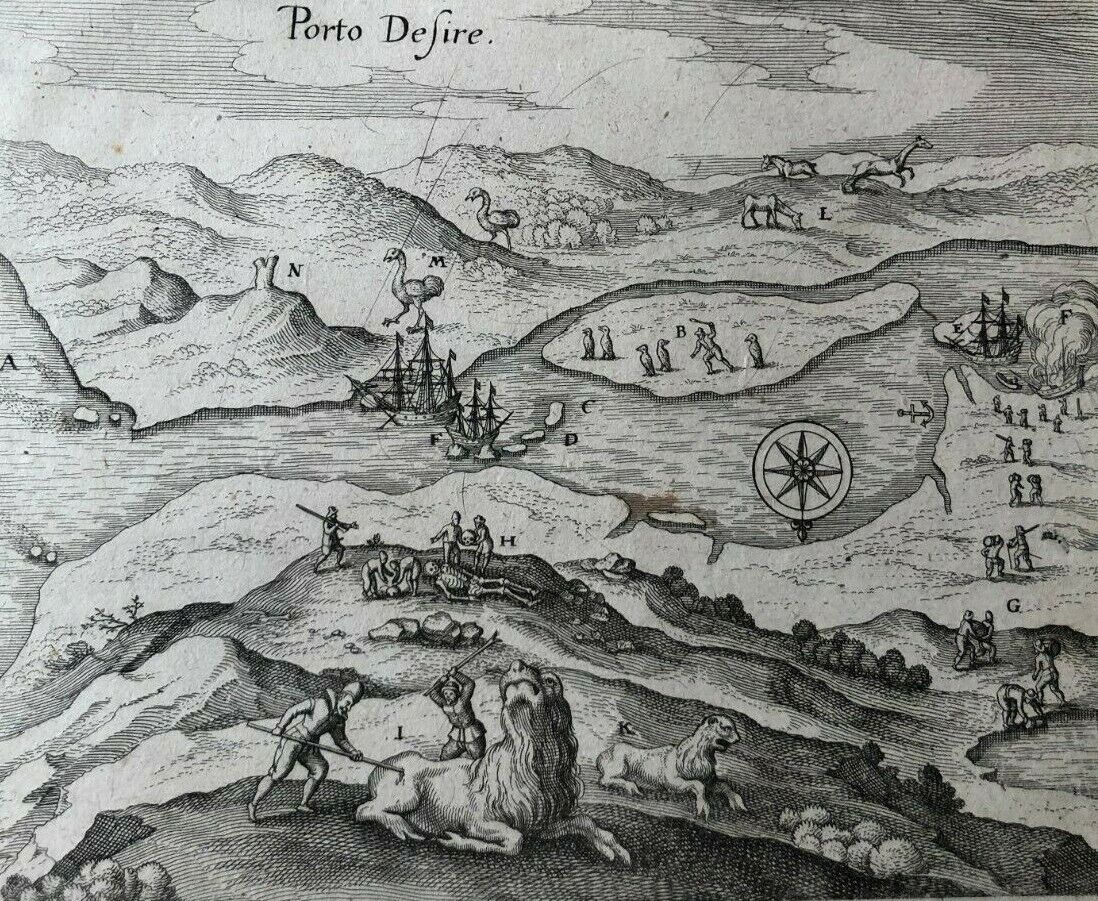DeBryRareBooks
De Bry - "Schouten and Le Marie land at Deseado" - Patagonia - Magellan - 1620
De Bry - "Schouten and Le Marie land at Deseado" - Patagonia - Magellan - 1620
Regular price
£200.00 GBP
Regular price
Sale price
£200.00 GBP
Unit price
per
Tax included.
Shipping calculated at checkout.
Couldn't load pickup availability
"Schouten and Le Marie land at Deseado"
-Original Copperplate Engraving
-Theodore De Bry
-Page 9.5 x 13 inches (23 x 33cm)
-Image 8.5 x 6 inches (22 x 15cm)
-1620 (This image is from the German 1st Edition)
-Good condition - some mild toning and marks to page.
-Verso blank
This is an original plate from the Appendix of Part 11 of De Bry's famous set of "Grands Voyages". This part contained a Description of Schouten and Le Marie's famous voyage of 1615-17. Attempting to break the VOC's monopoly on the Spice trade, they formed the Australian company which attempted to join the spice trade by sailing East, past South America, rather than to the West around Africa. In the ships Eendracht and Hoorn they sailed around Cape Horn and across the Pacific, being the first Westerners to reach Tonga and the Cocos islands. After reaching the Spice Islands they were arrested for breaking the VOC's monopoly, and eventually sailed back to Amsterdam via the Strait of Magellan with Van Spilbergen.
This is plate 20 from the series, depicting the Dutch landing in Puerto Deseado in Patagonia.
The text for the plate reads:
"On 8th December 1616, they reached Rio Deseado, where they stayed to carry out repairs and to stock up with food and water. While laid up, the Dutch saw some strange things, including a burial ground, where they uncovered skeletons up to twelve feet in length, the skulls of which could be worn like helmets.* They caught and ate sea lions and many kinds of birds including penguins, and in the mountains they came across many deer-like animals with long necks (Llamas/Guanaco?) and ostriches (Rheas). They also saw a stone, shaped naturally into a fork, which seemed to have been carved with great effort by men. (This rock still exists today)"
*It is now thought that these were skeletons of Giant Sloths, but at the time they were thought to be giant humans, thus promoting the myth that Patagonia was "The land of the Giants" - or the land of giant feet




